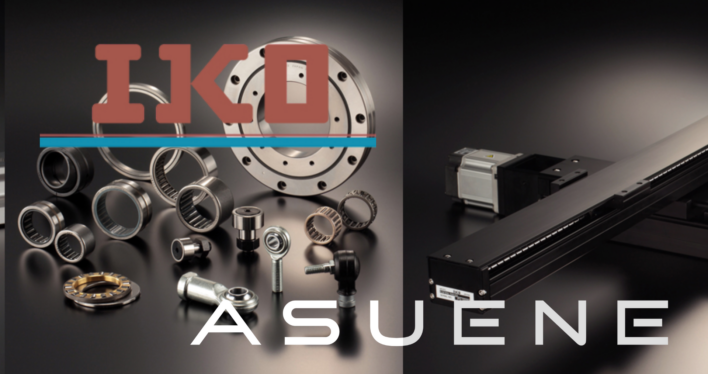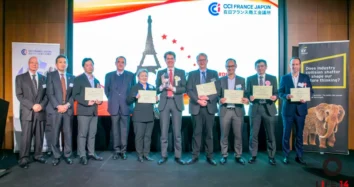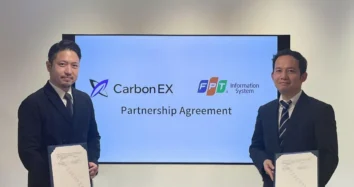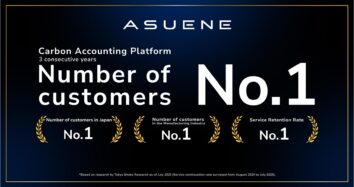Aiming to contribute to the environment and society through products and services.
Nippon Thompson Co., Ltd., which develops, manufactures, and sells needle roller bearings and linear motion products under the brand name “IKO,” is advancing sustainability initiatives across the entire company based on its management philosophy: “A technology development-oriented company that contributes to society.” We asked them about their reasons for implementing Asuene and the results they’ve seen.
Realizing the Need for an Efficient System Through the Publication of an Integrated Report
Our company operates in the machinery manufacturing industry, with our core products being linear motion rolling guides, needle roller bearings, and the mechatronics series. These products serve as the unsung heroes behind the scenes. They are rarely visible to the general public, yet are used in a wide range of industries and applications—from semiconductors, electronics, and medical equipment to automobiles, motorcycles, and even platform doors in train stations. Our products come in various sizes, from those as small as a grain of rice to ones too large for a single person to carry, and they play a vital role in supporting countless industries.
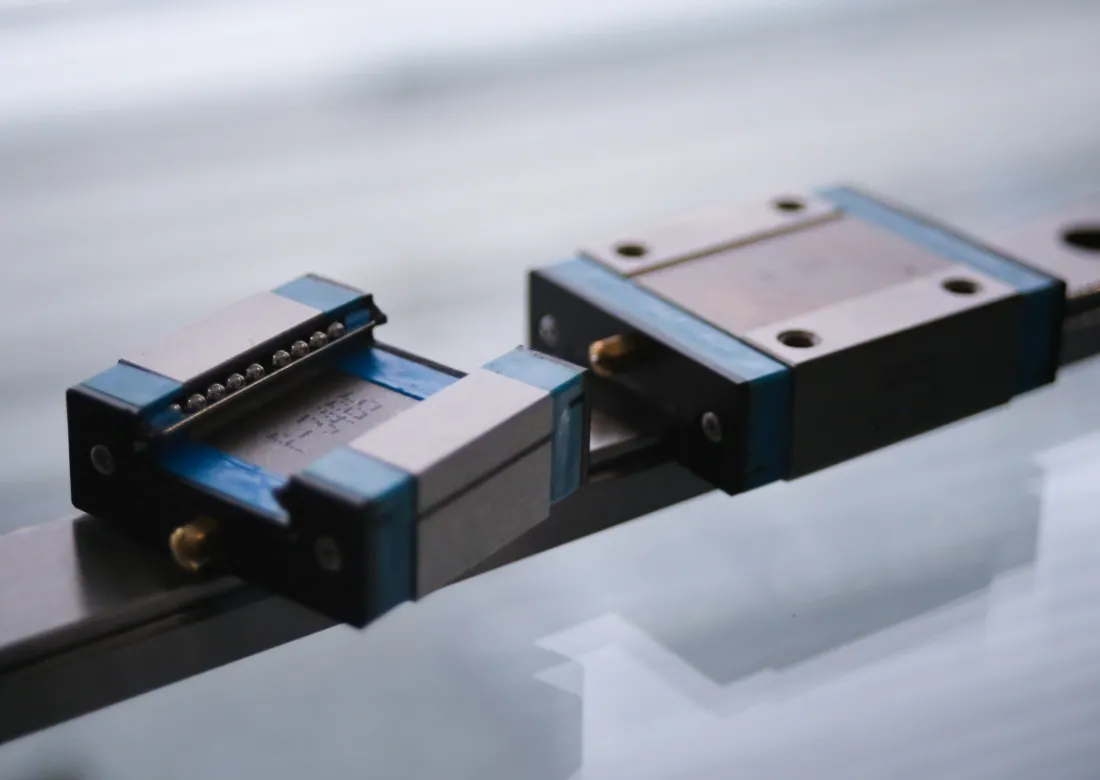
Our products are precision components used to facilitate smooth movement by reducing friction within machines. For example, using our bearings in machinery reduces friction and improves energy efficiency, ultimately leading to energy savings. In that sense, our business has always been closely connected to environmental impact reduction. Furthermore, with our proprietary technology, we have succeeded in minimizing the amount of lubricant used in our bearings, significantly reducing our environmental footprint. As designated business operators under Japan’s Energy Conservation Act, our domestic factories have already been calculating Scope 1 and 2 emissions. Our production and technical departments have also obtained ISO certifications, reflecting our long-standing commitment to environmental efforts.
However, when viewed at the company-wide level, we realized that there were discrepancies in awareness and initiatives across different departments. What brought this to light was our first-ever Integrated Report, published in October 2022. Led by the Corporate Planning Department, we undertook a company-wide survey of energy usage for the first time. Although each department had been measuring its data individually, inconsistencies in formats, difficulties identifying the most recent data, and inefficiencies in managing group-wide CO₂ emissions became apparent.
In addition to data collection challenges, we also faced issues with CO₂ emissions calculation. The report had been created using Excel, but we felt its limitations when considering the need to continue calculating Scope 3 emissions accurately over time. As a company listed on the Tokyo Stock Exchange Prime Market, we are expected to respond to CDP disclosures, and we anticipate that compliance with SBTi certification and TCFD recommendations will become necessary in the future.
It was at this point that we began seriously considering implementing an efficient system that could visualize and manage company-wide CO₂ emissions, as well as comprehensively support our decarbonization efforts.
Seeking a “System and Consulting” Partner We Could Work With
At the same time as publishing our Integrated Report, we also announced our greenhouse gas reduction targets: “Reduce emissions by more than 50% by FY2030 compared to FY2018,” and “Achieve carbon neutrality by 2050.” Once these goals were set, we recognized the need for a CO₂ emissions visualization system to track our progress toward them.
One of the biggest challenges was that we had no decarbonization specialists within the company. While the Corporate Planning and Production Engineering departments were leading the efforts, those involved were not experts and had to study extensively to calculate CO₂ emissions. This naturally led to uncertainty—about how accurate the calculations were, and how to build a sustainable knowledge base. That’s why we felt it was important to have not only a system, but also access to consulting that could provide know-how.

As our team researched potential consulting firms, one staff member came across Asuene on social media and requested materials. We had been evaluating several companies, but ultimately chose Asuene because it checked all the boxes: a company that could implement both a consulting service and a system, a company capable of supporting disclosures aligned with TCFD and CDP, and most importantly, a company we could partner with—without fully outsourcing the work or handling everything on our own. Their cost structure was also very appealing.
Additionally, the way they shared their past success stories and the speed of their responses gave us a strong impression of Asuene’s expertise and experience. As a company listed on the Prime Market, we are expected to provide reliable and credible disclosures. From that perspective as well, Asuene was a natural choice as our partner.
Promoting Decarbonization with Asuene’s Comprehensive System and Consulting Services
After we began using Asuene, our team shared a range of positive feedback: “The interface is simple and easy to understand,” “It’s user-friendly,” “It minimizes the risk of errors,” “The analysis screen is clear and helps surface issues and improvement ideas,” “Since we only need to fill in the forms, it’s no longer reliant on specific individuals,” and “Because data is centralized, the workload for verification has been reduced, allowing us to speed up the process of planning reduction strategies.”
One of the most frequently used features is the batch upload function for Excel files. Another popular feature is the dropdown selection for CO₂ emissions calculations under Scope 3, Category 7 (employee commuting), where users can choose transport modes such as trains or cars. Since commuting methods vary depending on the location of each office, we used to see occasional mistakes—like calculating based on train commuting when it was actually by car. This feature has significantly reduced such errors. The fact that Asuene can handle not only Scopes 1 and 2, but also Scope 3, is extremely convenient.
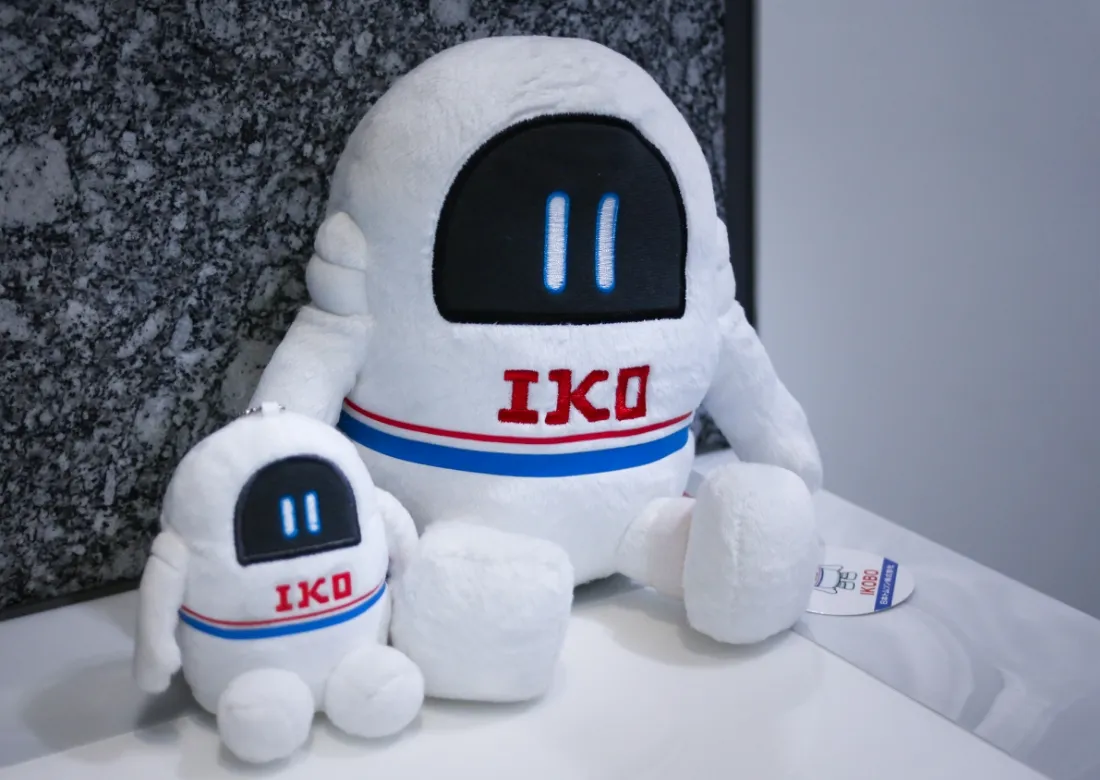
We also appreciate the constant updates and release of new features within the system. As our visibility into emissions improves, so do our ambitions—prompting us to submit feature requests. It’s been incredibly helpful to see our feedback reflected through continuous improvements and new functionality. For example, a recently introduced template input feature allows us to create department-specific entry formats, which is expected to further reduce data input workload. We’re currently preparing to roll this feature out as part of a workflow optimization effort. Additionally, tools to support third-party verification of CO₂ emissions have also been released, and we plan to utilize these going forward.
Another major factor in our decision to choose Asuene was the consulting service, which has been incredibly educational. Our consultant provides detailed and thoughtful advice, and when we encounter unclear areas—especially concerning calculations tied to our unique internal systems—they provide clear and speedy guidance. Thanks to this, we’ve been able to build up internal expertise as well.
At first, we only intended to receive support for calculating CO₂ emissions and TCFD reporting. But now, we’ve entrusted Asuene with nearly all of our consulting needs: CDP disclosure, SBT certification, ICP support, TNFD reporting assistance, and more. Internally, Asuene is now recognized as a highly reliable partner for CO₂ emissions visualization and initiative disclosures.
